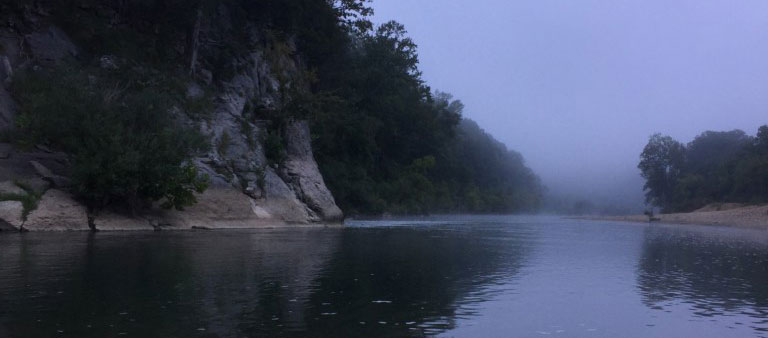
The magic of the river goes on and on, and even so in Autumn. The green-blue waters of the Buffalo National River become slower, serene. It’s as if the spirit of the water itself knew to slow down and take in the breathtaking scenery along it’s own banks.
The cool air calls out the creatures that make this part of the Ozarks home. Otters, beavers, deer, birds and of course the majestic Elk all become more active in the fall air. The creatures lend even more beauty and memorable moments to this, America’s First National River.
What makes the Buffalo River stand apart from the rest? Besides the beautiful Ozark Mountain setting of the river itself, the history of the Buffalo makes it even more extraordinary. Established as the First National River by an Act of Congress in March of 1972, our river is living, moving history. The Buffalo National River is 135 miles of undammed and free flowing waters managed by the National Park Service.
Fall Color Viewing Trips on the Buffalo National River
Tyler Bend to South Maumee
This trip is 17.5 miles, making it perfect for two days in the lower water fall conditions. This stretch of the river is a much-loved classic two day float on the Buffalo National River in St. Joe, Arkansas. Starting at the National Park headquarters for the Middle Buffalo River (Tyler Bend) and ending at South Maumee is one of the most perfect trips in September and October for a secluded, easy float with plenty of towering bluffs and opportunity for wildlife sighting.
Grinder’s Ferry to Dillard’s Ferry
This trip provides a bit more mileage (25.7 miles) and ends further down in the Lower District of the Buffalo National River. There are plenty of places to stop and explore and camp on this trip. Can you picture yourself relaxing by a campfire in the foggy morning Autumn air? There’s always something to see: tall bluffs and wildlife are ever present on the banks of the mighty Buffalo River.